Soybeans, canola and power: How China turned food into a strategic weapon
Can food trade become a tool of geopolitical strategy? For China, the answer is yes. Researcher Genevieve Donnellon-May examines how China’s agricultural imports of agricultural products like canola and soybeans are being reshaped by ongoing tensions with Canada and the US.
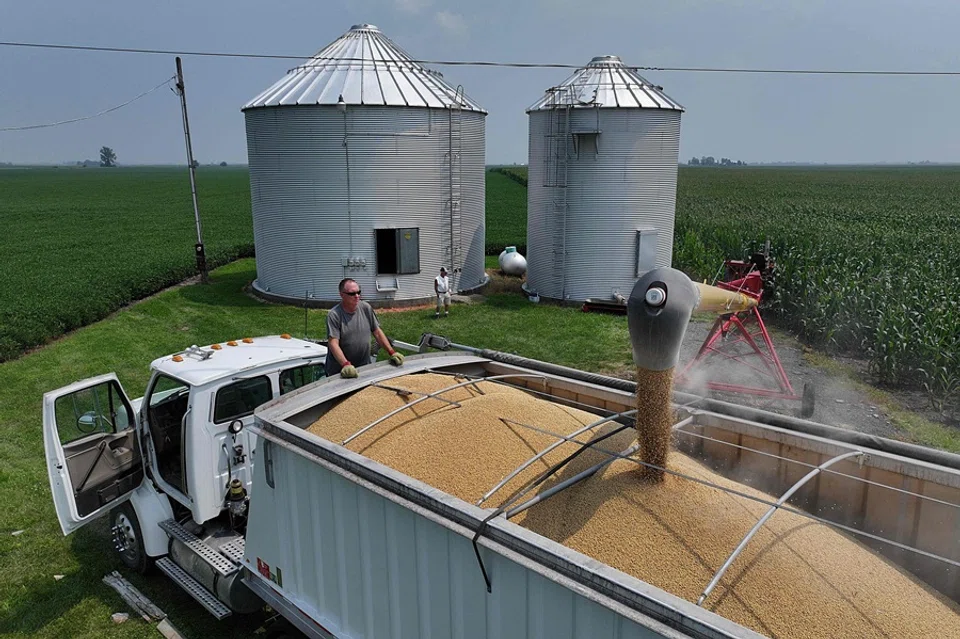
While semiconductors, steel and critical minerals often dominate headlines, food imports — particularly canola and soybeans — have become central to Beijing’s strategic calculus. Both crops are essential for cooking oil, animal feed and food processing. Today, shifting trade flows reflect a deliberate effort to reduce dependence on politically sensitive partners while rewarding “friendly” exporters.
China’s food security agenda now extends beyond grain self-sufficiency to include oilseeds and protein meals that underpin its livestock and aquaculture sectors. Soybeans and canola feed directly into meat and dairy production, making their stable supply critical for price stability and social welfare. Rising domestic protein demand has prompted Beijing to diversify aggressively, while retaining some flexibility with US soybeans for strategic reserves and quality considerations, illustrating how food security and geopolitical leverage are increasingly intertwined.
Canola
For over a decade, Canada has dominated China’s canola market, supplying more than 90% of seed imports and about 75% of meal imports — underscoring Beijing’s heavy dependence on Canada amid China’s high canola demand.
More recently, in August, the Ministry of Commerce added a 75.8% security deposit on Canadian canola seed under an anti-dumping probe.
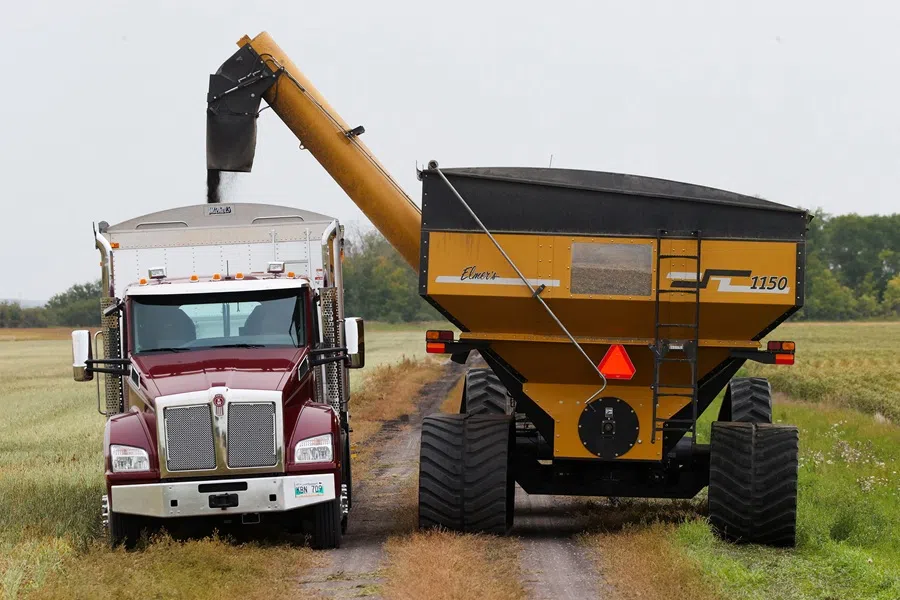
That dominance is now under threat. In March, Beijing imposed a 100% tariff on Canadian agricultural products, including canola seed, oil and meal, in retaliation for Ottawa’s duties on Chinese electric vehicles, steel and aluminium. Imports have since slumped: July shipments fell by 55% year-on-year to 173,250 tonnes — the lowest level recorded since July 2023. More recently, in August, the Ministry of Commerce added a 75.8% security deposit on Canadian canola seed under an anti-dumping probe.
A similar situation was seen in 2019 when China banned Canadian canola imports, citing pest contamination issues in response to Canada’s arrest of Huawei executive Meng Wanzhou in December 2018. This retaliatory trade measure significantly impacted Canadian canola producers and lasted for three years before China lifted the restrictions in 2022.
Australia, the world’s second-largest canola exporter, is now emerging as a key alternative. China has not been a major buyer of Australian canola since 2020 due to concerns over blackleg disease. Nonetheless, Chinese state-owned enterprise China National Cereals, Oils and Foodstuffs Corporation (COFCO) confirmed a 50,000-tonne Australian canola purchase in August, due for delivery in late 2025. This marks the first significant order since January 2021, when China imported 93,100 tonnes (worth US$41.65 million).
Trade relations between Canberra and Beijing have warmed since 2022 under Prime Minister Anthony Albanese, with sanctions lifted on key exports like barley and wine.
Soybeans
Despite being the fourth-largest soybean producer, China consumes over 60% of the global soybean trade. Imports meet more than 80% of domestic consumption. In 2024, China imported a record high 105 million tonnes of soybeans: Brazil supplied 74.55 million tonnes (71.1%), the US exported 22.14 million tonnes (21.1%), and Argentina provided 4.1 million tonnes (3.9%).
No US purchases were reported... With the November tariff deadline approaching, soybeans remain a key strategic lever for Beijing.
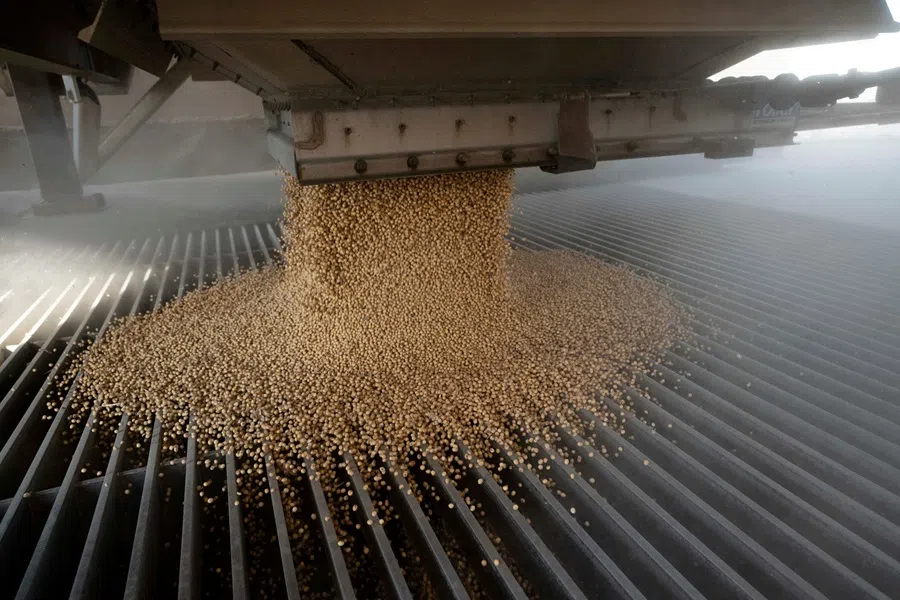
Until 2018, US farmers supplied roughly one-third or more of China’s soybean imports. In 2016, the US market share held steady at 40% while Brazil’s rose to 46%. Amid escalating Sino-Americans tensions and subsequent trade war in 2018, however, Brazil stepped in, overtaking the US as China’s primary supplier. Brazil’s market share of China’s soybean imports reached a peak of 82% in 2018. In contrast, the US dropped to 19%.
Brazil’s dominance has persisted into 2025. A 23% tariff has priced US soybeans out of the market, turning them into a bargaining chip in bilateral negotiations. In August, media reports noted that Chinese buyers booked 64 Brazilian cargoes (around 4 million tonnes) of soybeans for October-November delivery. No US purchases were reported.
Soybean prices rose last week on hopes that Trump-Xi talks might ease the trade freeze, but China continues to favour South American supplies, with little progress made on agriculture. With the November tariff deadline approaching, soybeans remain a key strategic lever for Beijing.
Challenges for China’s diversification drive
Hurdles remain for Australia and Brazil, the countries poised to benefit most from China’s diversification drive. Structural and seasonal constraints limit their capacity. Australia’s canola output is projected at 5.97 million tonnes, the majority of which will be exported to the EU and other markets like the UAE and Japan. While Australian canola can partially replace China’s imports of Canadian canola, it cannot fully meet China’s demand due in part to the smaller production scale.
The country [Brazil] is currently unable to supply China’s soybean demand during the fourth quarter (October-December). In contrast, the US soybean harvest, between September to November, could, in theory at least, fill this gap.
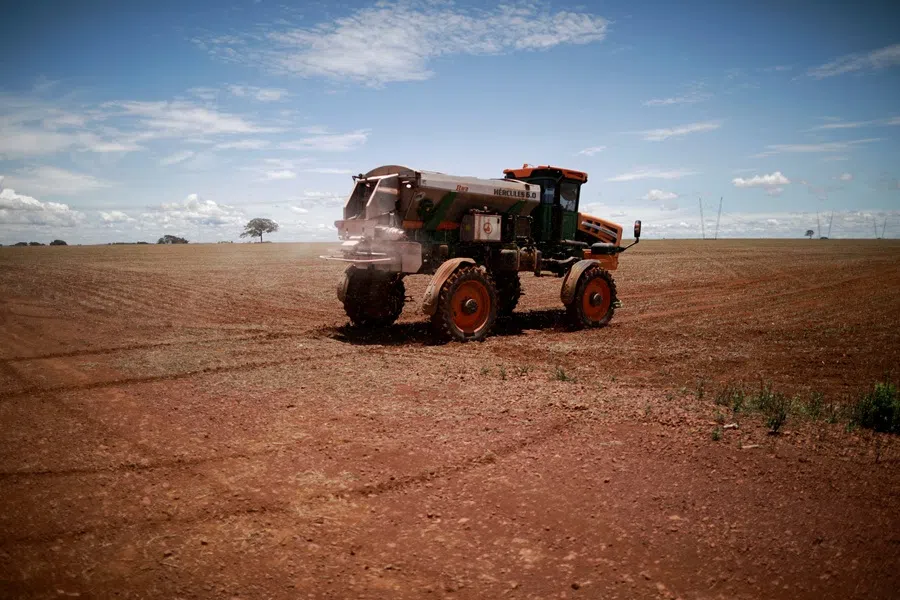
Brazil faces seasonal constraints as well. The country’s main soybean harvest occurs between February and May, with exports peaking from March to August. The country is currently unable to supply China’s soybean demand during the fourth quarter (October-December). In contrast, the US soybean harvest, between September to November, could, in theory at least, fill this gap. This makes American soybeans strategically important despite high tariffs and geopolitical tensions.
The approaching November US-China tariff deadline — coinciding with this seasonal gap — will be pivotal. A deal between Trump and Xi could allow US soybeans to re-enter the market at scale. Conversely, failure could further entrench Brazil’s dominance while also narrowing China’s supplier base.
Another potential scenario is China using SOEs like the China Grains Reserves Group (Sinograin) to import US soybeans, due in part to the government (potentially) being more willing to pay for the additional duties than commercial firms. Regardless of the outcome, Beijing is likely to continue diversifying, with recent agreements involving Ethiopia, Angola and Russia reflecting this ongoing strategy.
The (geo)politics of food security
China’s management of agricultural imports shows how food security is embedded in statecraft, not just domestic stability. By aligning trade policy with strategic goals, Beijing reduces vulnerability to coercion and uses imports as diplomatic tools. Concerns over price volatility, supply shocks or overreliance on a single supplier drive diversification across regions.
This diversification is strategic rather than neutral. China-“friendly” suppliers gain stable market access, while politically misaligned states face swift restrictions. Imports thus serve as both carrot and stick: Brazil and Australia are drawn deeper into China’s supply chains, while sanctions signal disapproval and prompt recalibration. Stable imports reinforce domestic food security, while secure trade ties expand Beijing’s geopolitical and geoeconomic leverage, insulating supply chains from disruption by less-aligned states.
... following Lithuania’s approval of a Taiwanese representative office in 2021, China delisted Lithuanian exports, including agri-food products, from its customs system. While not confined to a single commodity, the embargo underscores Beijing’s capacity to leverage trade access across entire sectors.
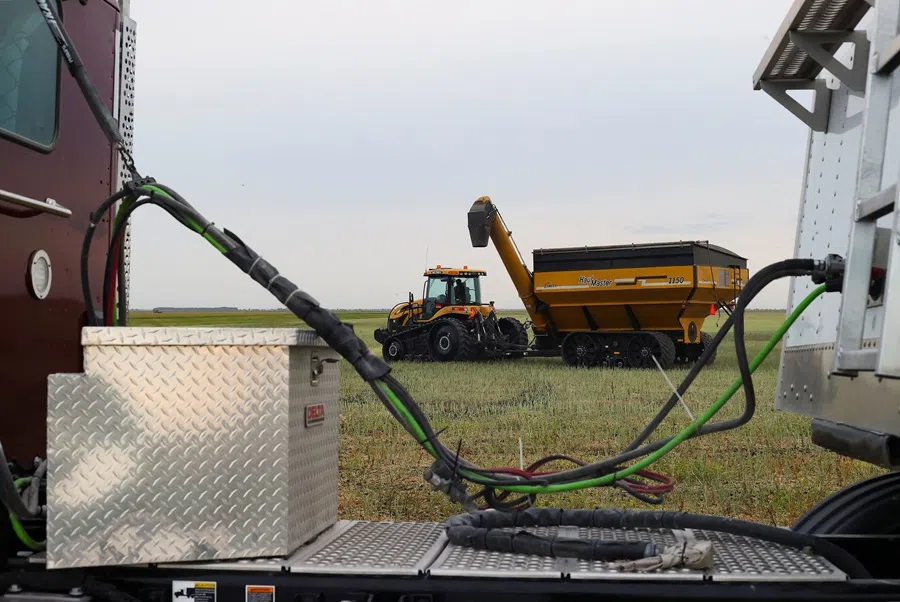
China has repeatedly weaponised agricultural trade to redirect global flows. After the 2010 Nobel Peace Prize was awarded to Chinese dissident Liu Xiaobo, Beijing implemented de facto sanctions on Norwegian salmon in the same year, turning to alternative suppliers, and then imposed new restrictions in 2015. In 2018, Beijing lifted some restrictions. More recently, following Lithuania’s approval of a Taiwanese representative office in 2021, China delisted Lithuanian exports, including agri-food products, from its customs system. While not confined to a single commodity, the embargo underscores Beijing’s capacity to leverage trade access across entire sectors.
China’s food imports have become more than a supply chain — they are a strategic weapon. By leveraging canola and soybeans, Beijing safeguards domestic food security while reshaping global and regional trade flows and diplomatic influence. The upcoming US-China tariff decision and discussions of Canada-China trade will test just how far this strategy can extend.



![[Big read] China’s 10 trillion RMB debt clean-up falls short](https://cassette.sphdigital.com.sg/image/thinkchina/d08cfc72b13782693c25f2fcbf886fa7673723efca260881e7086211b082e66c)
![[Big read] Love is hard to find for millions of rural Chinese men](https://cassette.sphdigital.com.sg/image/thinkchina/16fb62fbcf055b710e38d7679f82264ad682ce8b45542008afeb14d369a94399)
